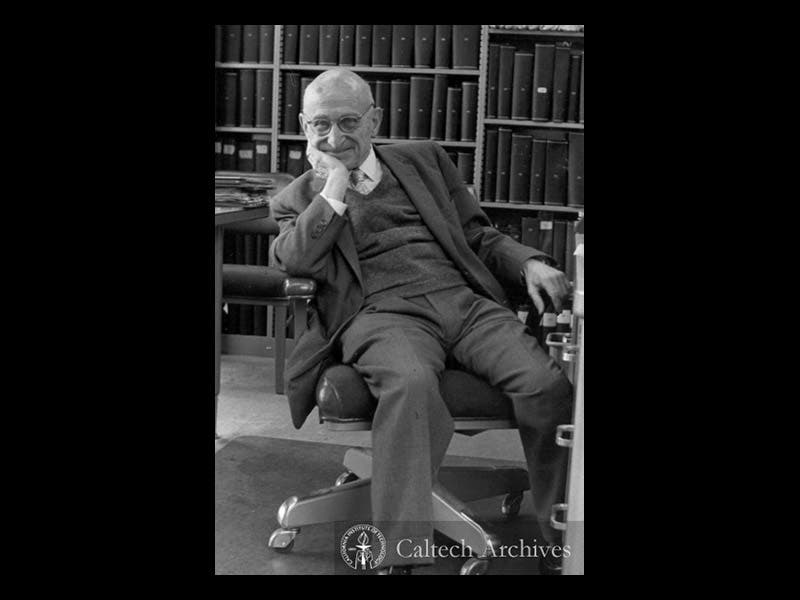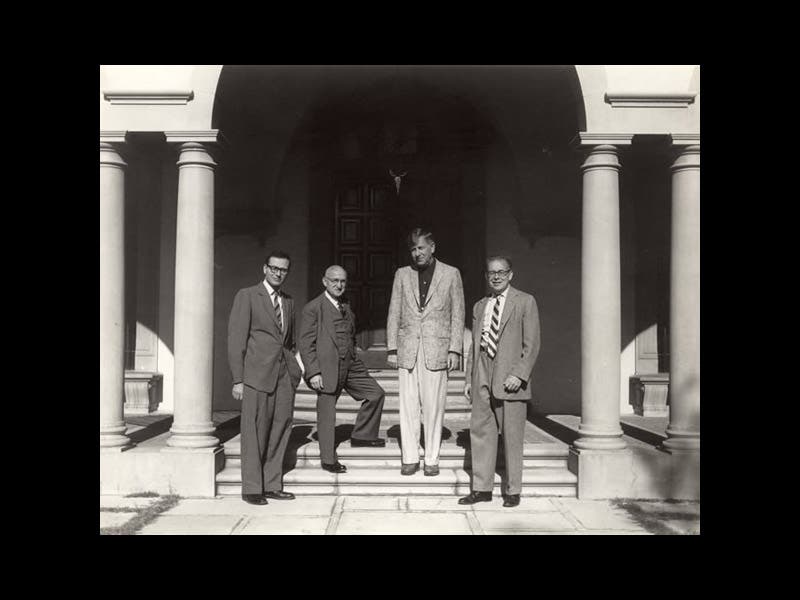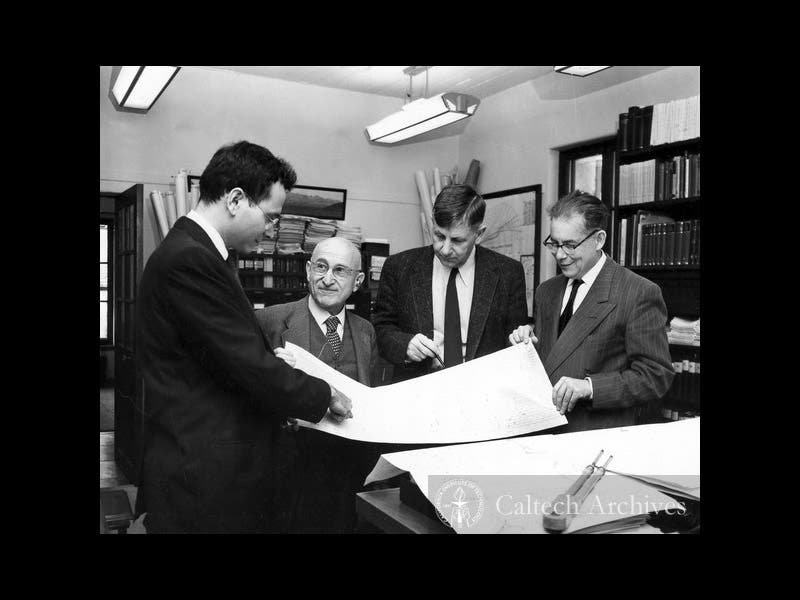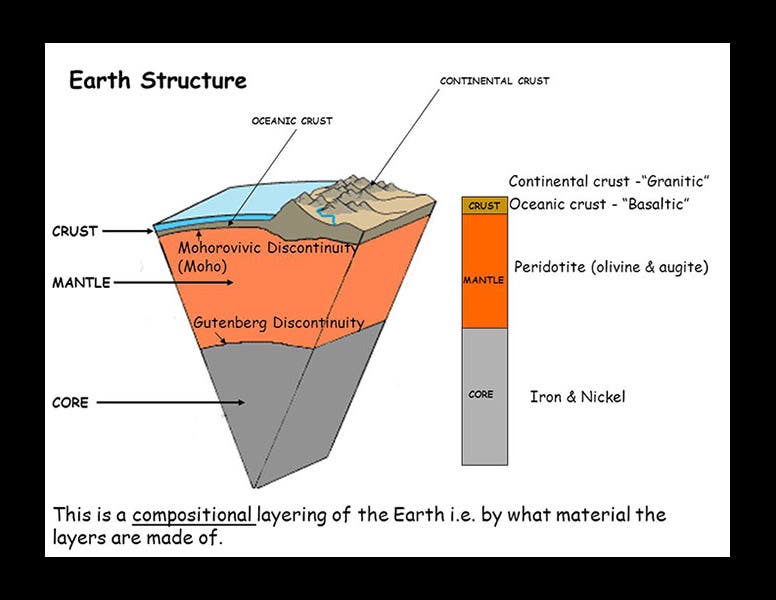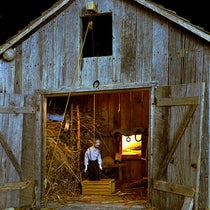Scientist of the Day - Beno Gutenberg
Beno Gutenberg, a German/American seismologist, was born June 4, 1889. Gutenberg was Jewish and taught in Frankfurt in the late 1920s. As anti-Semitism rose in Germany and he was passed over for a position that should have been his, he saw that his future lay elsewhere, and he accepted an offer of a full professorship from the California Institute of Technology in Pasadena in 1930. The Seismological Laboratory in Pasadena (Seismo Lab) was originally run by the Carnegie Institution before control was handed over to Cal Tech. Gutenberg became director in 1947 and would hold that position until 1957.
One year after Gutenberg arrived, Cal Tech received another emigé from Germany--Albert Einstein. The two hit it off well, and for the next two years, before Einstein headed off to Princeton, they walked the backways of Pasadena, discussing who knows what (we really don’t have a clue--and not a single photograph of the two together). But their concentrated conversations produced one amusing story. Gutenberg, an expert on earthquakes, had never experienced an earthquake, since he grew up in earthquake-free Germany, and he was eagerly awaiting his first California seismic experience. On Mar. 10, 1933, a strong earthquake (we are tempted to say magnitude 6.5, but there was no magnitude scale yet) struck the Long Beach area and was felt by everyone in southern California--except Gutenberg and Einstein. They had been on one of their perambulations and were so deep in discussion that neither noticed the shaking of the ground underneath their feet. Gutenberg was quite embarrassed--and amused--when he returned to the lab and found that his wish of a lifetime had come to pass, and he had missed it.
Gutenberg's star pupil at the Seismo Lab--really his younger colleague--was Charles Richter. In 1935, the two developed a magnitude scale for measuring and classifying earthquakes, which Richter published that year. Although he gave the scale no name, the press eventually took to calling it the Richter scale, although Richter privately said that it really ought to be called the Gutenberg-Richter or Richter-Gutenberg scale. But Richter scale it remained, and as a result, Richter has become much better known to the world than Gutenberg, even though most seismologists feel that Gutenberg was the more brilliant mind and a more important force in 20th-century seismology.
Gutenberg does, however, have something named after him. One of the studies Gutenberg and Richer undertook was to examine how seismic waves bounce off interior layers of the earth, and one of the regions where there is a pronounced reflection of seismic waves is the boundary between the earth's mantle and the outer core. This discontinuity (called such because it is a sharp transition) is now known as the Gutenberg discontinuity, just as the boundary between crust and mantle is known as the Mohorovicic discontinuity (fourth image). The crust-mantle boundary, because it is such a mouthful, is usually referred to as the "Moho". Analogically, the Gutenberg discontinuity ought to be known--but is not--as the "Beno".
There are many photos of Gutenberg in the archives of Cal Tech—above we see one that is labelled “casual” (first image), but only a couple that show both Gutenberg and Richter. We have one taken outside the lab (second image) and one taken inside (third image), with the same four people as subjects. Richter is at the far right in both photos. Gutenberg is always easy to pick out, because he was only five foot one. Frank Press, at the left in both photos, took over Seismo Lab when Gutenberg retired. The fourth figure, Hugo Benioff, was a brilliant designer of seismographic instruments.
Dr. William B. Ashworth, Jr., Consultant for the History of Science, Linda Hall Library and Associate Professor, Department of History, University of Missouri-Kansas City. Comments or corrections are welcome; please direct to ashworthw@umkc.edu.


